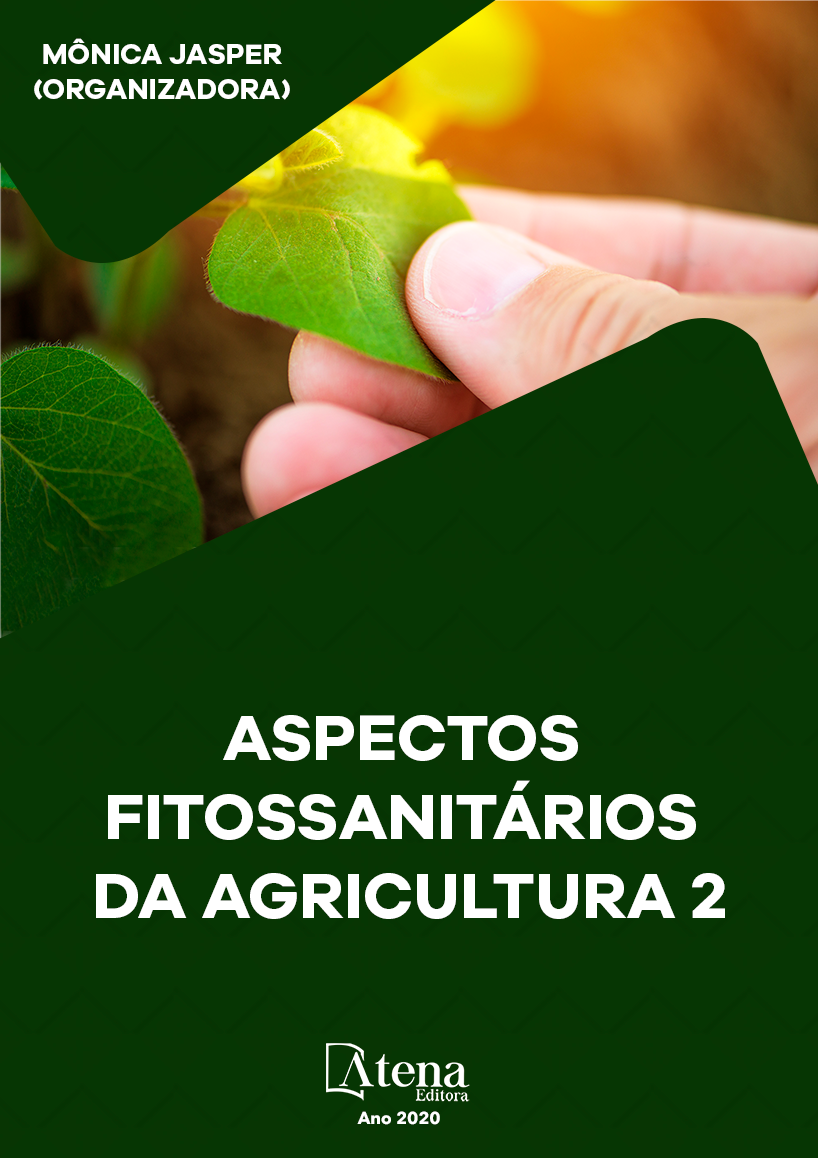
Avaliação da aplicação de protetor solar em frutos de Citrullus lanatus
Segundo a Revista Globo Rural (2015), em lavouras de melancia (Citrullus lanatus), os produtores enfrentam constantemente problemas com a alta sensibilidade do fruto. Haja vista que ao ser exposta em alta temperatura, ocorre externamente à danificação do produto com a queima da casca o que dificulta a comercialização. Objetivou-se neste avaliar a eficiência dos tratamentos de diferentes coberturas com a interação da radiação solar. Conduzido no Centro Experimental Agroecológico (CEAGRO) em Conceição do Araguaia-PA, em uma área total de 1.440 m², utilizou-se a variedade Crimson Sweet. O delineamento experimental é em blocos casualizados com repetição dentro do bloco, em um sistema fatorial (3x3) com 3 repetições totalizando 27 parcelas com três tratamentos: T1- Frutos sem proteção, T2- Frutos cobertos com papel, T3- Frutos pulverizados com protetor solar BIOSUN e fixador AGEFIX. Com subtratamentos avaliando o prazo da aplicação da cobertura: P1- 10 dias antes da colheita, P2- 15 dias antes da colheita, P3- 20 dias antes da colheita. A avaliação do experimento conduziu-se durante a colheita, analisando os parâmetros na casca: o brilho, textura e queima. A estimação foi dada em notas de 0 a 10, quanto mais alta a nota de maior qualidade estética terá o fruto. O resultado do teste de Tukey demonstrou que, entre os tratamentos seguidos da mesma letra, o que sobressaiu aos demais foi o com aplicação do protetor solar, seguido do jornal e o que mais ficou distante foi a testemunha. O T3 resultou com média de 9,16, indicando sua menor incidência de queima e maior eficiência na proteção dos raios solares com maior qualidade de textura e brilho da casca. Entre os prazos de aplicação o que melhor mostrou resultado foi com a pulverização do produto 20 dias antes da colheita, não sendo necessário fazer reaplicação.
Avaliação da aplicação de protetor solar em frutos de Citrullus lanatus
-
DOI: 10.22533/at.ed.2612028046
-
Palavras-chave: Melancia, Protetores solares, Pulverização
-
Keywords: Watermelon, solar Protectors, Pulverization
-
Abstract:
According to the Magazine Rural Globe (2015), in lavouras of watermelon (Citrullus lanatus), the producers face constantly problems with the high sensibility of the result. He has seen that to the being exposed in high temperature, it takes place exgently to the damnification of the product with the burning of the bark that makes difficult the marketing. It aimed in this valuing the efficiency of the treatments of different coverings with the interaction of the solar radiation. Driven in the Experimental Center Agroecológico (CEAGRO) in Conceição of the Araguaia-PA, in a total area of 1.440 m ², one used the variety Crimson Sweet. The experimental delineation is in blocks casualizados with repetition inside the block, in a system fatorial (3x3) with 3 repetitions totalizing 27 pieces with three treatments: T1 - Results without protection, T2 - Results covered with paper, T3 - Results pulverized with solar protector BIOSUN and fixative AGEFIX. With subtreatments valuing the term of the application of the covering: P1 - 10 days before the harvest, P2 - 15 days before the harvest, P3 - 20 days before the harvest. The evaluation of the experiment drove during the harvest, analysing the parameters in the bark: the brilliance, texture and burning. The esteem was given in notes from 0 to 10, the higher the note of bigger esthetic quality will have the result. The result of the test of Tukey demonstrated that, between the treatments followed by the same letter, which stood out to the rest was it with application of the solar protector, followed by the newspaper and what more was distant went to witness. The T3 resulted with average of 9,16, indicating his least incidence of burning and bigger efficiency in the protection of the solar rays with bigger quality of texture and brilliance of the bark. Between the terms of application what better showed result was with the pulverization of the product 20 days before the harvest, without being necessary to do reapplication.
-
Número de páginas: 12
- Camila da Costa Rocha
- Fernanda Fernandes Borges
- Leonardo Alves Lopes
- Raul Teixeira de Andrade
- Vitor Silva Barbosa
- Ivia Silva Vieira


